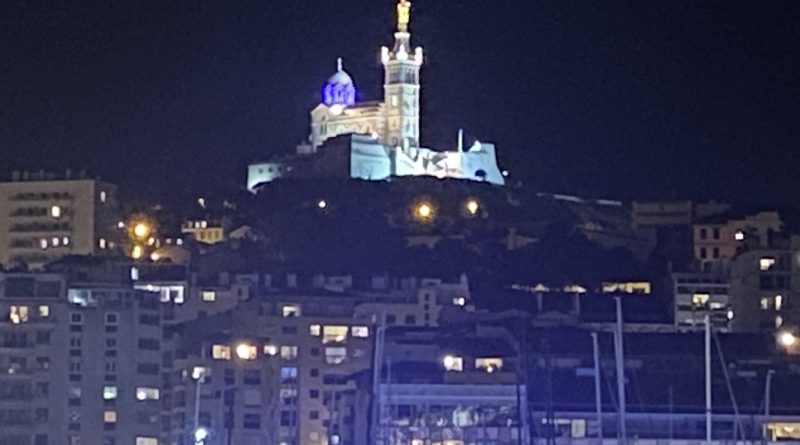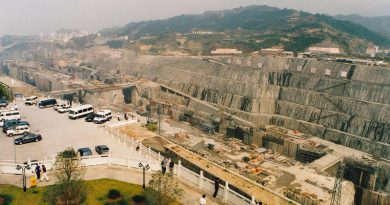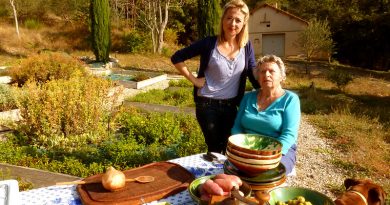Great Historic Sites in Marseille
Marseille is one Europe’s most historic ports and a gateway to the continent.
Today this city of one million is France’s second largest and it’s also home to one of the country’s biggest immigrant populations.
Many of this fascinating city’s most historic sites reflect its dual role as both fortress and port . Here are our favourites:
The Vieux Port:
This is beating heart of Marseille lined with restaurants, boat terminals and open plazas . The 17th century Hotel. De Ville is dockside .Many of the city ‘s main historical attractions are nearby.
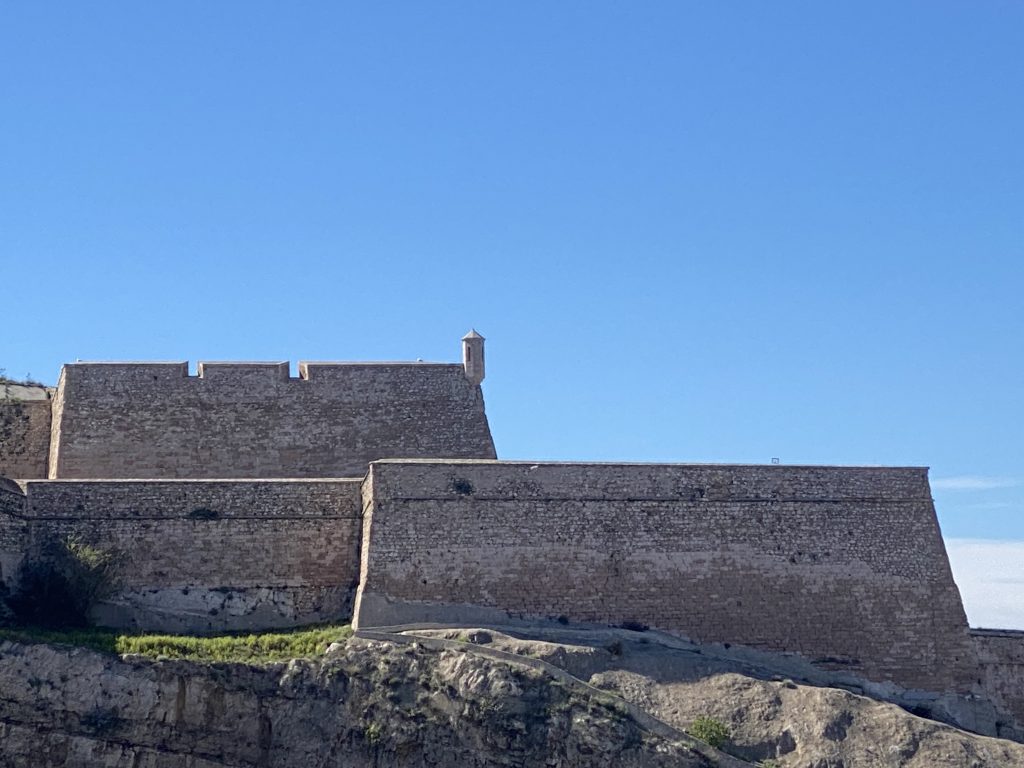
Fort of St Nicolas:
The entrance to the port is guarded by two mighty forts: Fort Saint- Nicolas , a giant bastion fort , was built in 1680, on the orders of Louis XIV
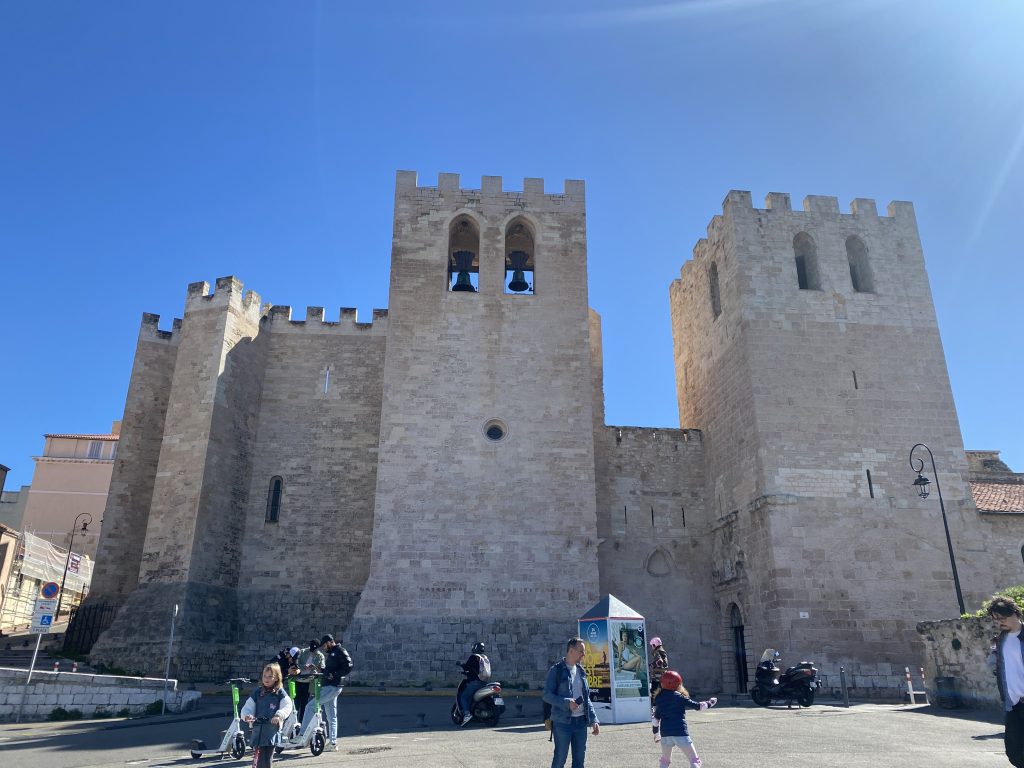
Abbaye St Victor:
This semifortified basilica next to the Fort of St Nicolas was built above a crypt from the 5th century, when St. John Cassian was believed to have founded the church and abbey. You can visit the crypt, which also reflects work done in the 10th and 11th centuries.
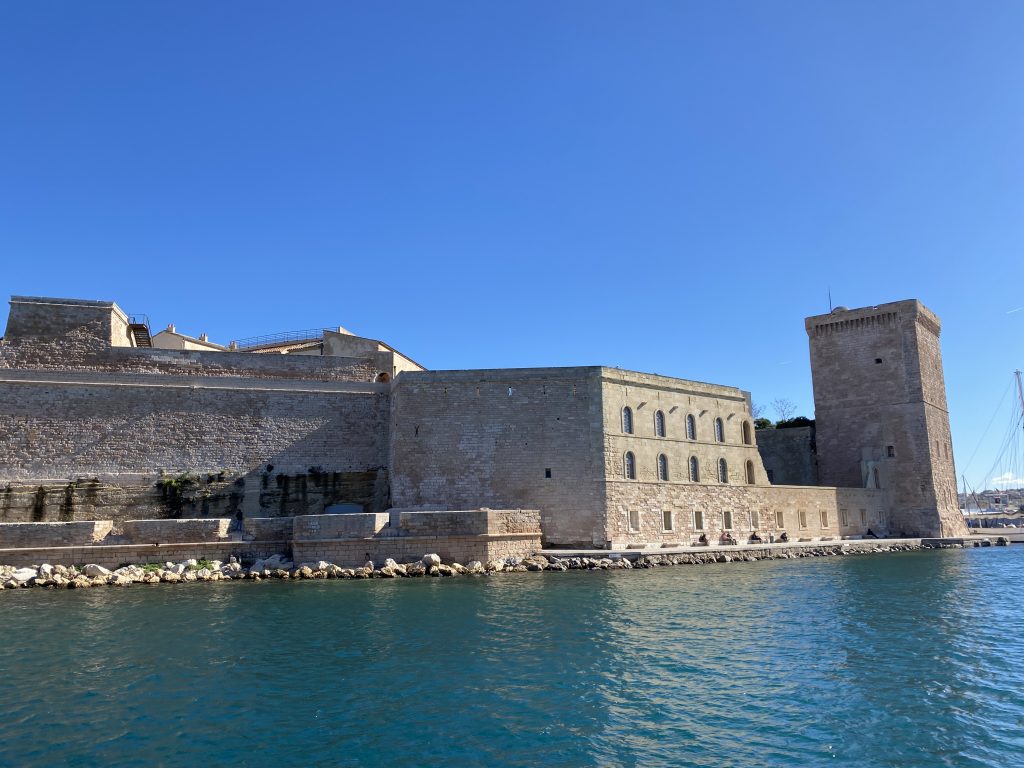
Fort St Jean:
The origins of if the Fort Saint Jean date back to the 12th century. It was re worked in the 15th and again in the 17th. The square tower offers a beautiful panorama over the port . The fort served as a departure point for troops to Jerusalem during the crusades of the 12th century.
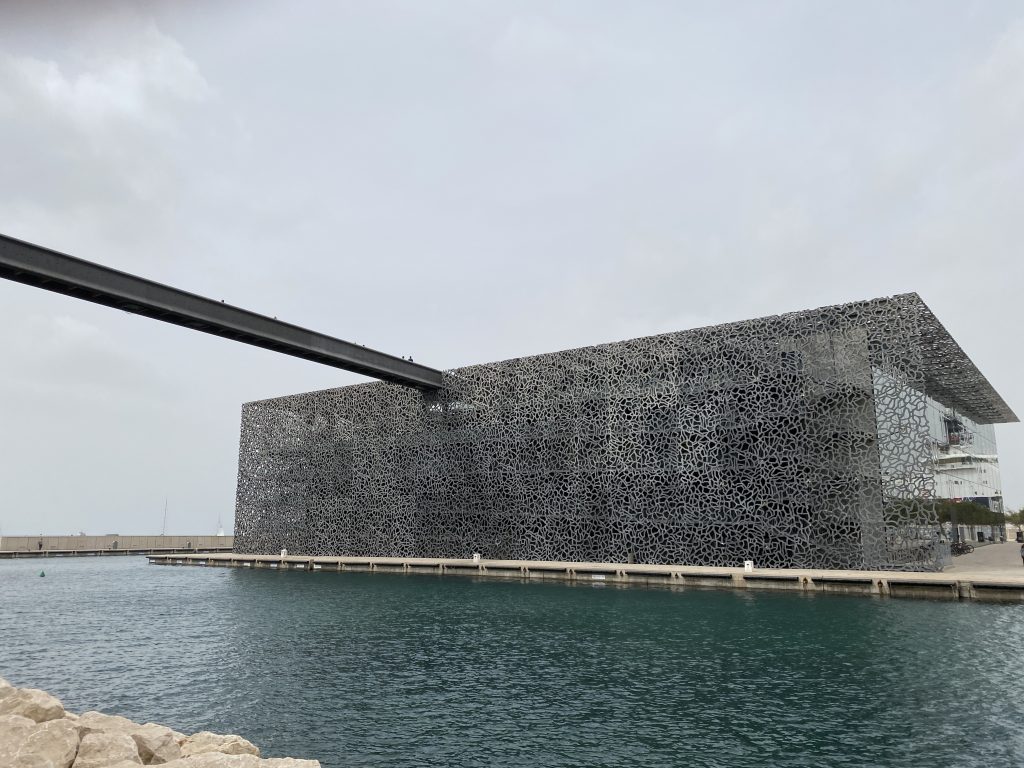
Mucem:
The merging of French history and contemporary design are on display in an exceptional fashion on the waterfront of Marseille.The walls ,bastions and towers of Fort St Jean now links to the Museum
Of European and Mediterranean Civilisations (MUCEM), which explores the history and culture of the Mediterranean region .
The bold contemporary designed museum is reached by a high metal walkway and the complex features open spaces, harbour and portside walkways , cafes, gardens ,outside resting places and a giant open plaza .The space has become an iconic site of modern Marseille.
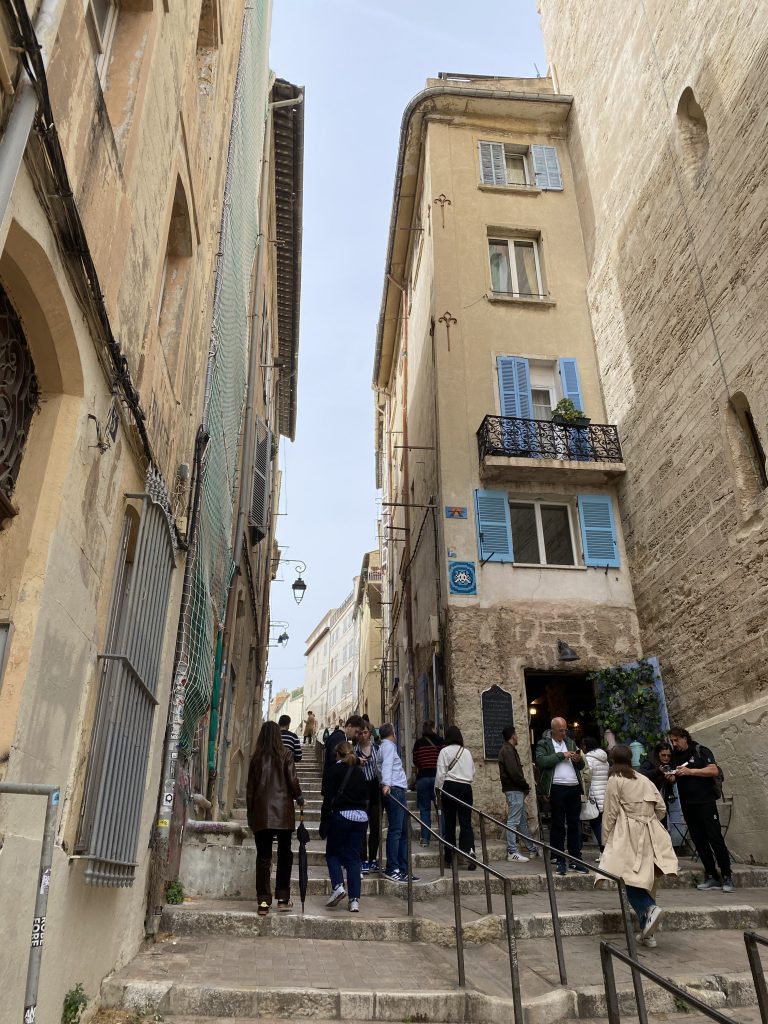
Le Panier:
Marseille’s Old Town is one of its most picturesque neighbourhoods . It is easily accessible from the Vieux Port, as it is situated on a nearby hillside. It was first inhabited in 600 BC, when the Greeks settled here, so it truly is the oldest part of the city
Le Panier has an arty vibe, with plenty of café-filled squares, authentic bistros and stores selling locally-made handicrafts. The name comes from Le Logis du Panier, a historic inn that welcomed travellers in the 17th century. In English, the name translates to “The Basket”. Originally, the wealthy built their homes here, but by the 17th century, they’d largely moved out in search of more space. The old town was heavily bombed but re constructed after WW 2
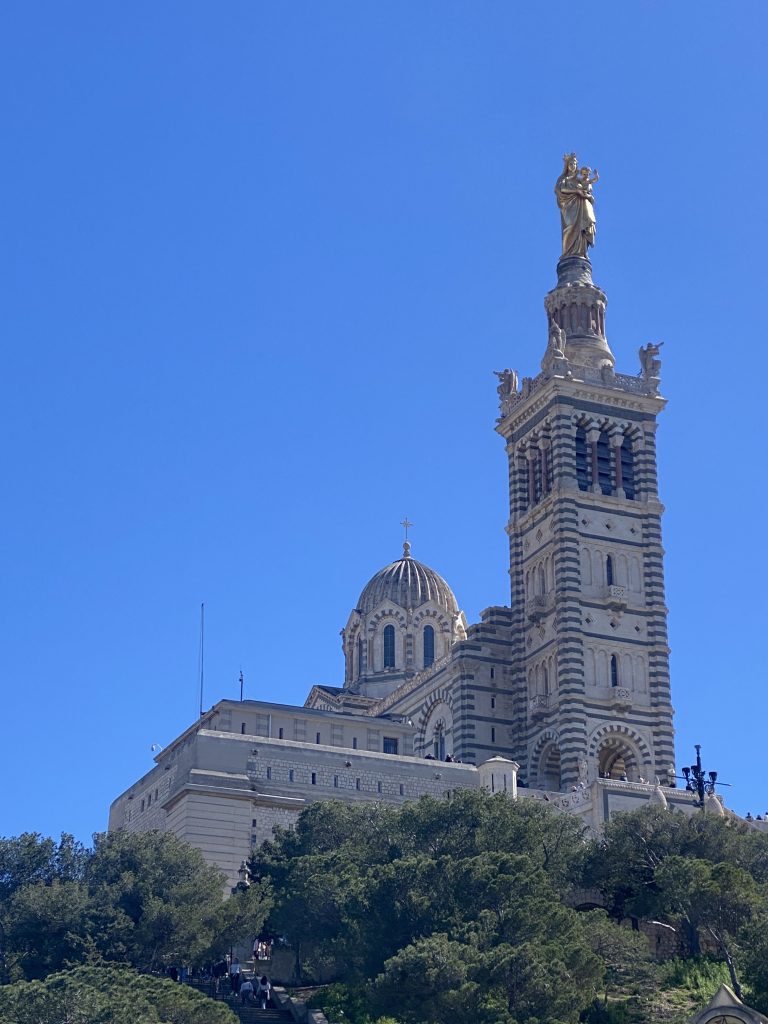
Basilique Notre Dame de La Garde:
This is the highest point in the city . Built in the 19th century on the remains of a former fort of St Francis 1 . A symbol of Marseille it watches over the city .It is a strenuous 40 minute walk up the hill to get to the basilica although you can also take a bus or taxi .
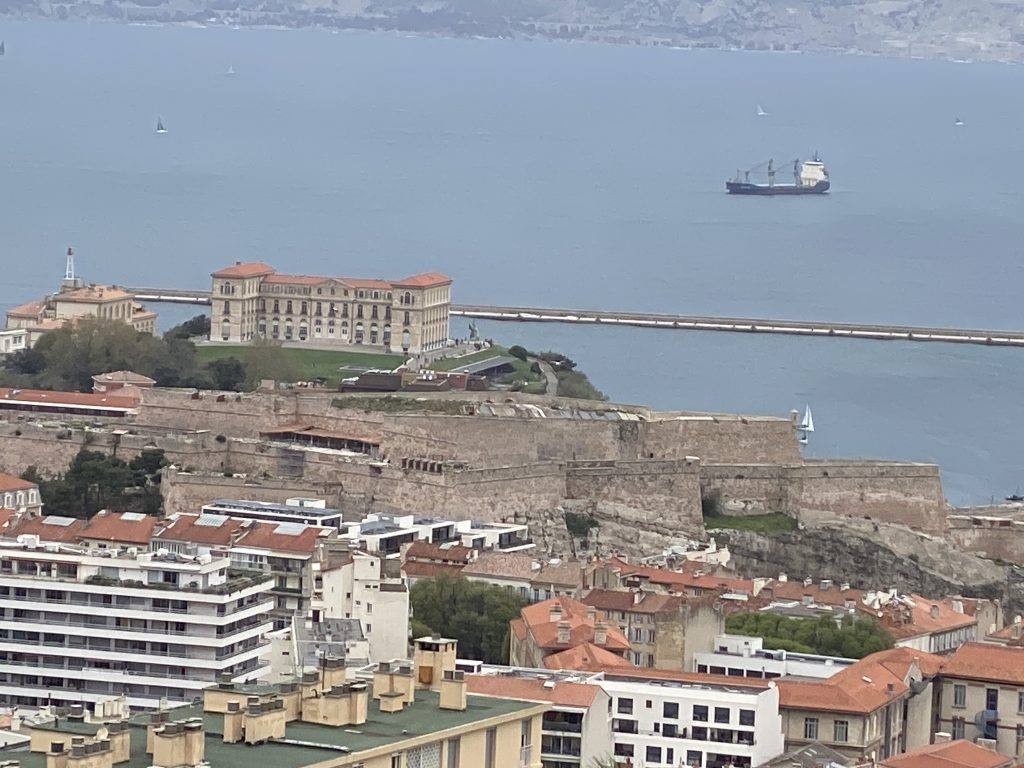
Jardin du Pharo and Palais du Pharo:
When Louis Napoleon Bonaparte visited the Phocaean city in 1852, he was charmed and decided to build a waterfront residence there. In 1858, the first stone was laid on the site, which overlooks the port and offers a magnificent panorama. The young prince became Napoleon III , but he did not have the opportunity to take advantage of it, since at the time of the fall of the Empire and his banishment and exile to Britain the palace remained unfinished.
The palace’s location is more spectacular than the palace itself which is now a conference centre, But between the sea and the plunging view it offers of the Old Port, the palace’s park is six hectares of garden which are an ideal place for a stroll . This green space highly prized by families, walkers and tourists alike, are among the most pleasant in the city.
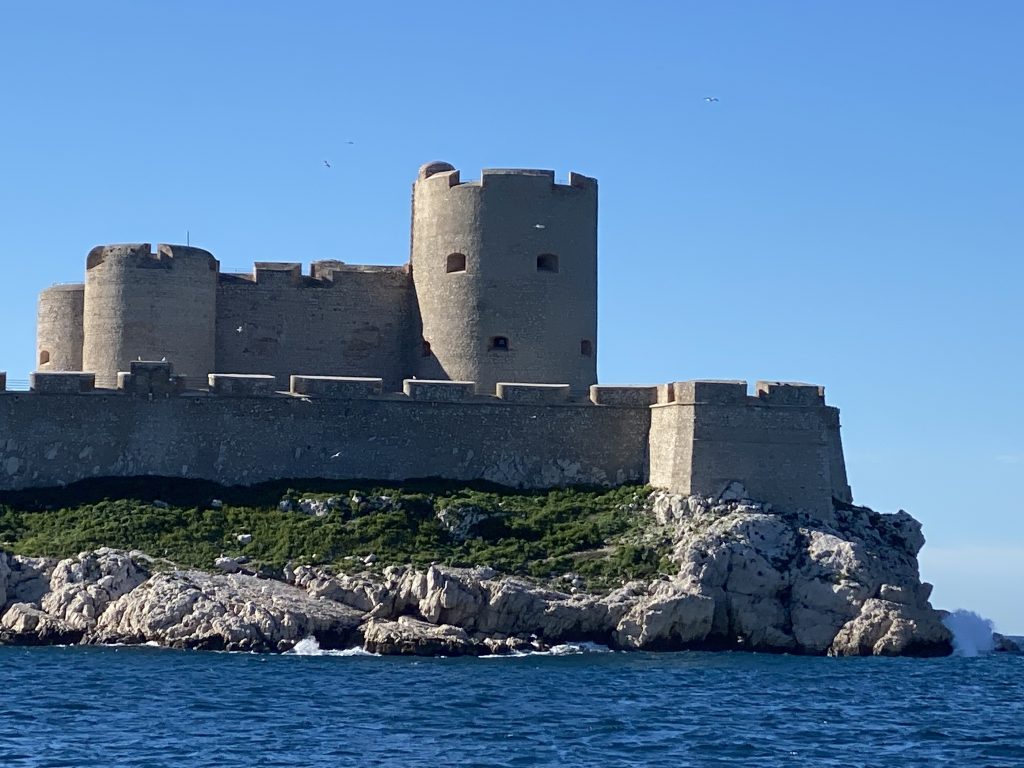
Chateau D ‘If
Those who have read Alexandre Dumas’ The Count of Montecristo will undoubtedly find the name of this island three kilometres off shore quite familiar. Although some guides suggest the events actually happened, the fictional count was never actually imprisoned here, although this makes Château d’If no less fascinating: visitors will be able to learn all about the 16th-century castle’s history as a prison for political and religious enemies of the state. Boats leave daily from the Vieux Port when weather permits as this Alcatraz of Marseille is surrounded by dangerous currents.
Destination – France

